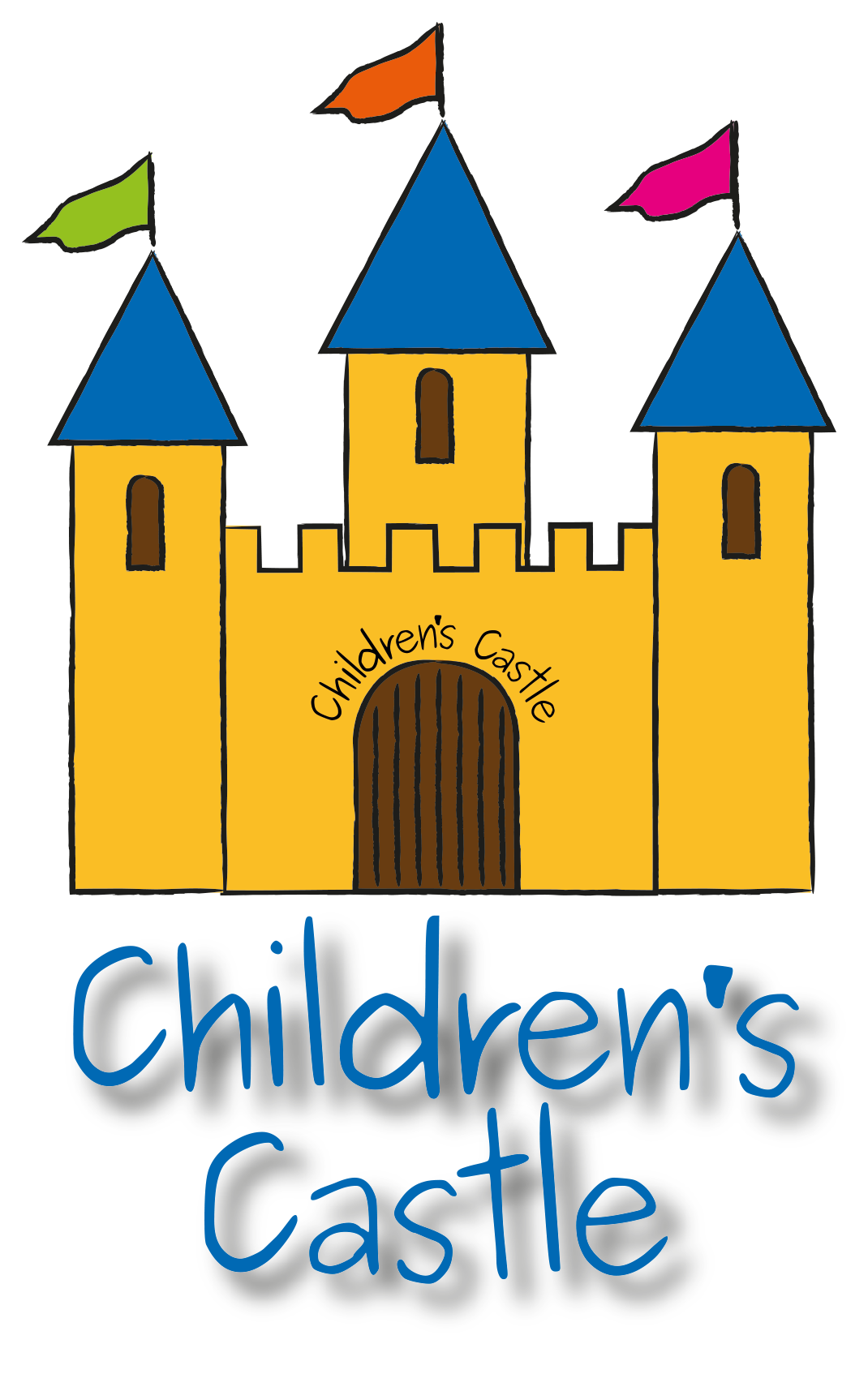Children's Castle is unique in following an international curriculum, reflecting our thorough understanding of children's needs and development according to their age group.
The curriculum of our kindergarten meets the qualification criteria of the Children's Development Workforce Council, the United Kingdom's standard setting body for the educational sector.
Our classes have the following equivalents in the UK:
class 1 (2-3 year olds) : UK nursery - class 2 (3-4 year olds) : UK foundation stage - class 3 (4-5 year olds) : UK reception class - class 4 (5-6 year olds) : PRIMINA, UK year 1 in primary school.
Our primary school follows the Cambridge International curriculum.
It is recognised by universities and employers worldwide.
Cambridge students develop an informed curiosity and a lasting passion for learning.
We combine Cambridge International with national education in offering Italian classes, allowing our students to move abroad or continue their studies in Italy.













